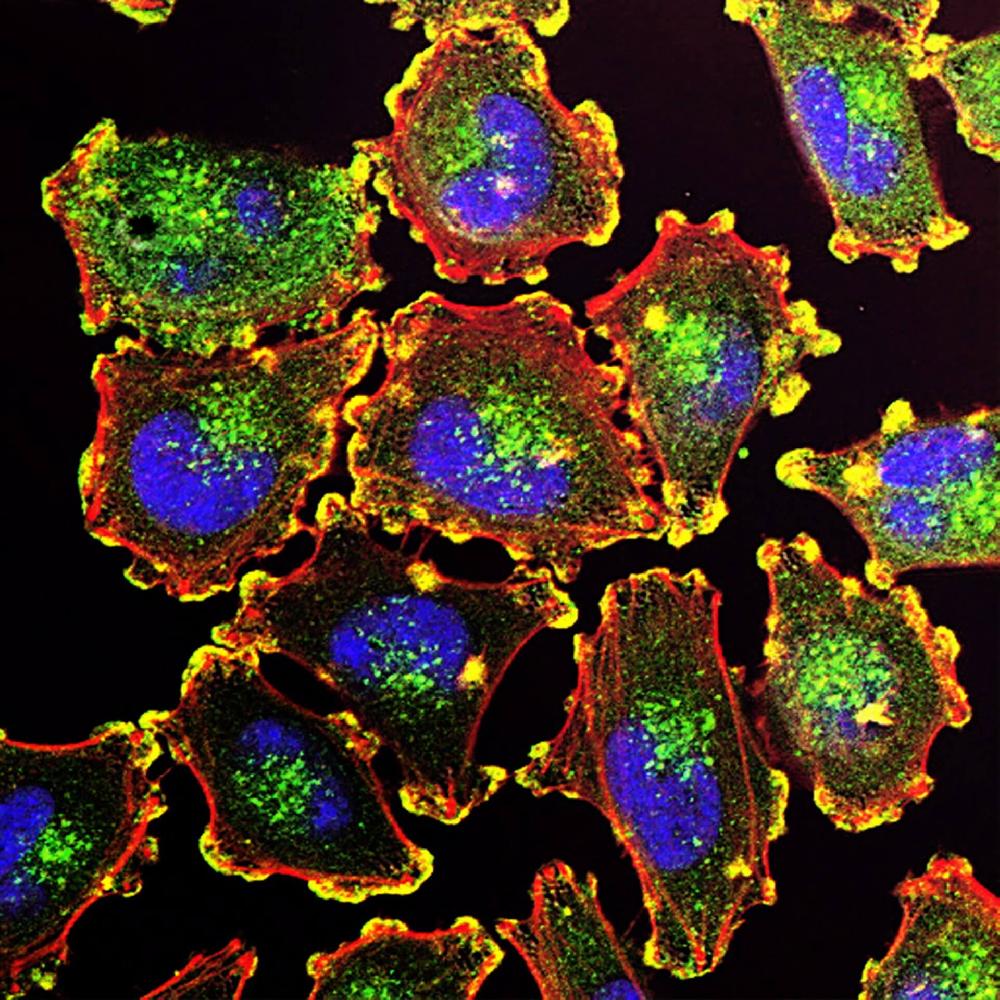This website uses cookies to ensure you get the best experience on our website.
- Table of Contents

Facts about Zinc finger protein ZIC 1.

Plays important roles in the early stage of organogenesis of the CNS, as well as through dorsal spinal cord development and maturation of the cerebellum. Involved in the spatial distribution of mossy fiber (MF) neurons within the pontine grey nucleus (PGN).
| Human | |
|---|---|
| Gene Name: | ZIC1 |
| Uniprot: | Q15915 |
| Entrez: | 7545 |

| Belongs to: |
|---|
| GLI C2H2-type zinc-finger protein family |

Zic family member 1 (odd-paired homolog, Drosophila); ZIC1; ZICZic family member 1 (odd-paired Drosophila homolog); Zinc finger protein 201; Zinc finger protein of the cerebellum 1; ZNF201; ZNF201zinc finger protein ZIC 1
Mass (kDA):
48.309 kDA

| Human | |
|---|---|
| Location: | 3q24 |
| Sequence: | 3; NC_000003.12 (147409365..147416719) |
CNS. A high level expression is seen in the cerebellum. Detected in the nuclei of the cerebellar granule cell lineage from the progenitor cells of the external germinal layer to the postmigrated cells of the internal granular layer. Detected in medulloblastoma (26/29 cases), but not present in all other tumors examined.
Nucleus. Cytoplasm. Localizes in the cytoplasm in presence of MDFIC overexpression.





PMID: 8542595 by Yokota N., et al. Predominant expression of human zic in cerebellar granule cell lineage and medulloblastoma.
PMID: 26340333 by Twigg S.R., et al. Gain-of-function mutations in ZIC1 are associated with coronal craniosynostosis and learning disability.